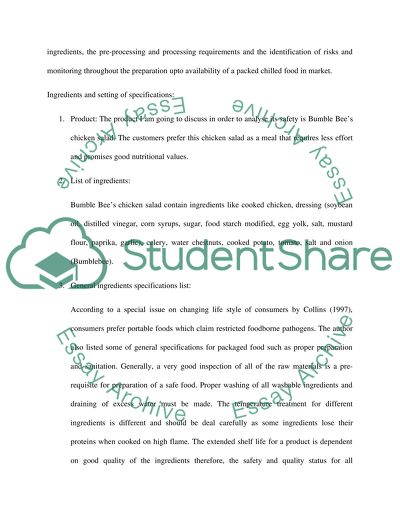Cite this document
(“Processing and Packaging of a Specified Prepared Chilled Food Product Essay”, n.d.)
Processing and Packaging of a Specified Prepared Chilled Food Product Essay. Retrieved from https://studentshare.org/medical-science/1686635-processing-and-packaging-of-a-specified-prepared-chilled-food-product
Processing and Packaging of a Specified Prepared Chilled Food Product Essay. Retrieved from https://studentshare.org/medical-science/1686635-processing-and-packaging-of-a-specified-prepared-chilled-food-product
(Processing and Packaging of a Specified Prepared Chilled Food Product Essay)
Processing and Packaging of a Specified Prepared Chilled Food Product Essay. https://studentshare.org/medical-science/1686635-processing-and-packaging-of-a-specified-prepared-chilled-food-product.
Processing and Packaging of a Specified Prepared Chilled Food Product Essay. https://studentshare.org/medical-science/1686635-processing-and-packaging-of-a-specified-prepared-chilled-food-product.
“Processing and Packaging of a Specified Prepared Chilled Food Product Essay”, n.d. https://studentshare.org/medical-science/1686635-processing-and-packaging-of-a-specified-prepared-chilled-food-product.


